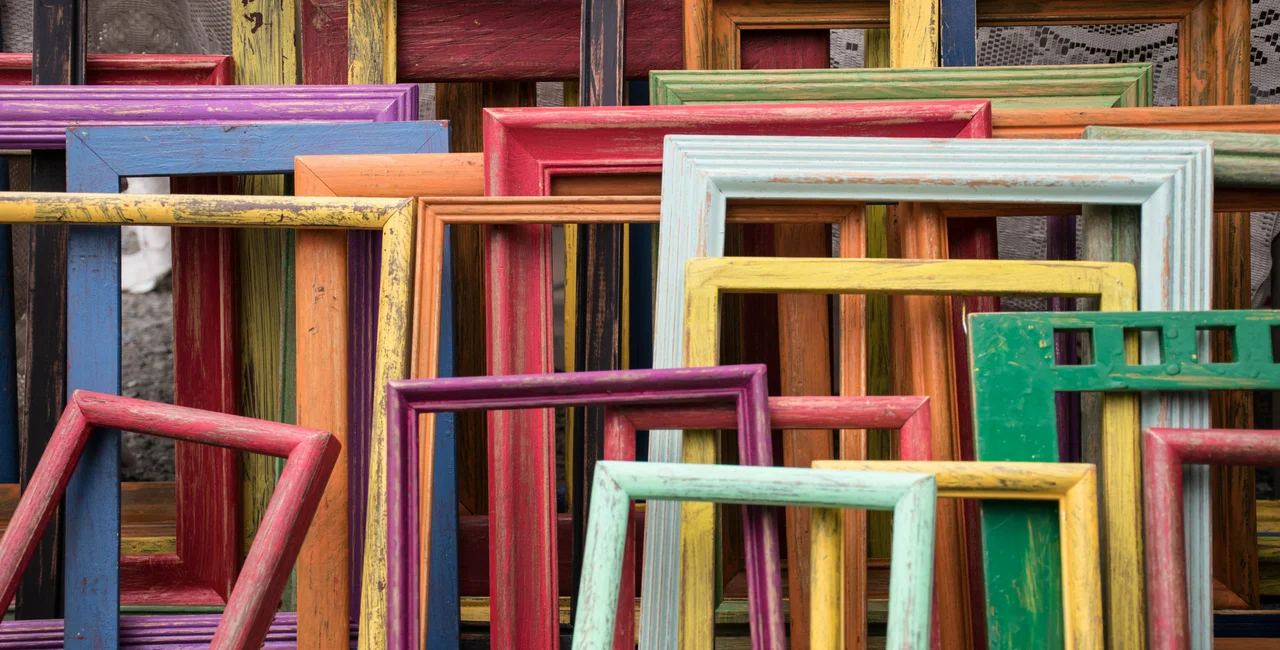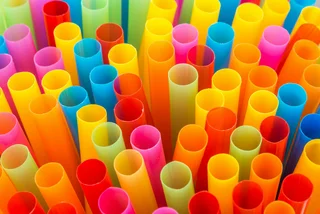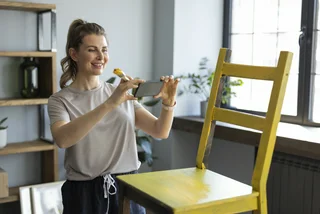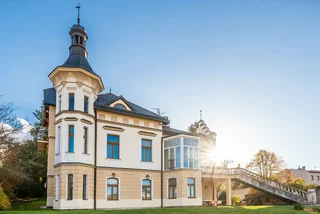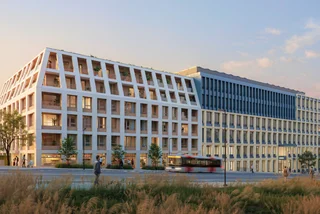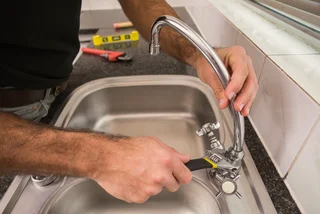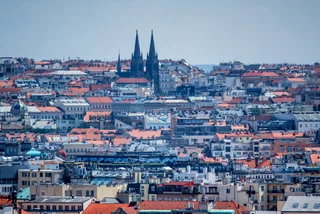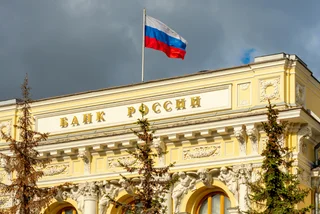Prague is expanding its Re-Use project as part of its efforts to reduce negative impacts on the environment. The city wants to focus on minimizing the creation of new waste by finding ways to reuse items that would otherwise end up in a landfill.
A city-run website called Nevyhazuj.to and associated mobile apps for Android and iOS help people find items that otherwise would become waste. This is in addition to a furniture bank in Prague 4–Libuš that opened at the start of the year.
Several municipal pilot projects to recycle useful items have proven very popular with the public. Currently there are two municipal collection yards and one initiative by a city district. The points are at Zakrytá, Prague 4 –Záběhlice; Pod Šancemi 444/1, Prague 9–Vysočany; and Chvalkovická 3, Prague 20–Horní Počernice. Their activities are also covered by website and apps.
The city wants to gradually integrate other collection points owned by the capital into this portal. In the future, the Re-Use points project will also support the organization of swap events where people can exchange household equipment or toys.
Applying the principles of the circular economy on the territory Prague is one of the basic prerequisites for reducing CO2 emissions by 45 percent by 2030 and achieving carbon neutrality by 2050, Prague City Hall said in a press release. The Prague Climate Plan calls for extending the successful Re-Use point project.
A significant part of municipal waste consists of items that can still fulfill their original function. Furniture, toys, sports equipment, crockery, books, and other items that are intended for long-term use generally have a longer life than people want or need them for. These items generally end up as part of municipal waste or in collection yards, heading for landfill or incineration.
But these items can still bring functional benefits and joy to others. The idea behind Re-Use points is that people learn to give these items a second chance. The discarded items are stored, photographed, and preferentially offered to the most needy, such as shelters, at Re-Use points at collection yards.
“In the first phase, for example, furniture is offered to non-profit and charitable organizations. If they do not show interest within 14 days, the item is offered free of charge to the general public via the website,” Prague Deputy Mayor Petr Hlubuček, responsible for the environment, said.
“It’s an idea that is very practical and graspable for the residents. It shows them how we should think about the circular economy,” Hlubuček said.
“Up to 40 percent of the discarded furniture in the collection yards can still be fully used. That is why we want to be able to dispose of such furniture in Re-Use points in Prague and make the possibility of its further use available to as wide a range of users as possible,” he said.
“It's not just about minimizing waste. It's also about the good feeling that an item we have spent money on and enjoyed for years will not just end up in a landfill somewhere,” Hlubuček added.
“We want to give people the opportunity to acquire second-hand furniture and other household furnishings today, or to dispose of them in an environmentally friendly way. We want to offer an alternative to consumerism to those who are interested,” he said.
The circular economy concept is one of the pillars of the EU’s European Green Deal, which was adopted in March 2020. It reduces the pressure on natural resources, including not only the raw materials used to make products but also the energy that goes into both manufacturing new items and destroying old ones. The EU intends to transition to sustainable growth, and by 2050 achieve climate neutrality and halt biodiversity loss. The Prague Climate Plan is based in large part on meeting the EU goals.












 Reading time: 3 minutes
Reading time: 3 minutes 